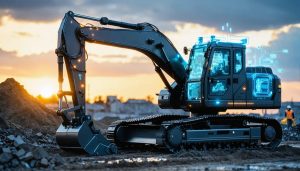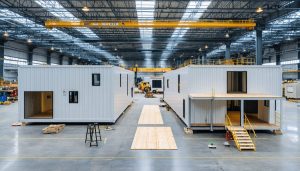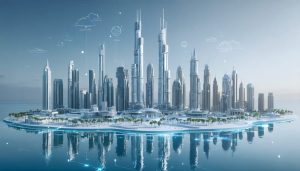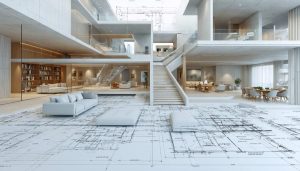
Quality Control Robots Are Revolutionizing Construction Accuracy
Quality control robots are revolutionizing construction site inspection processes, emerging as one of the most transformative construction innovations of the past decade. These autonomous systems, equipped with advanced sensors and machine learning capabilities, are reducing inspection times by up to 90% while achieving unprecedented accuracy rates of 99.9% in defect detection.
Unlike traditional manual inspection methods, which typically sample only 10-15% of materials and components, robotic …









